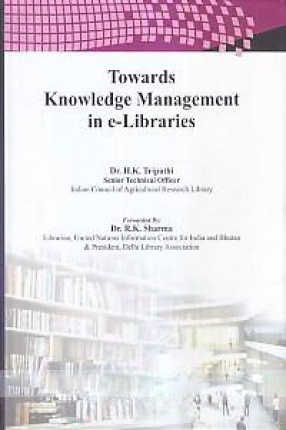This book incorporates the extensive and updated basic information on the bovine mastitis by the scientists of national and international repute to understand the various concepts of bovine mastitis. Mastitis has been one of the most studied diseases of the dairy animals in recent decades. The losses due to mastitis are not only economic, but also issues such as animal health and welfare, quality of milk and milk products, antibiotic uses and its residues in milk are important reasons to concentrate on mastitis in dairy animals. Mastitis is the inflammation of the mammary parenchyma and clinically characterized by physical, chemical and biochemical changes in milk and pathological alteration in mammary parenchyma. With the changing trends of policy makers to emphasize on development of agriculture and animal husbandry practices for upliftment of rural likely hoods and ultimately to increase country economy. Hence there is a need to increase production by controlling the production diseases of dairy animals, mastitis is one of them. This could be achieved by regular awareness of dairy farmers and updating of researchers and veterinary professionals.
The aim of this book is to provide a practical and scientific guide to handling mastitis in a modern way. The book looks at the ways to reduce and overcome the problems regarding the mastitis–milk production and disease In the first part of the boom, after the brief and clear introduction chapter, authors are discussed main economic losses due to mastitis as today’s the costliest disease in dairy cows. Main effects of mastitis on animal as well as on human health and on milk production are underlined in the following chapter. Next few chapters are concentrated on basic principles of udder anatomy, physiology of milk synthesis and secretion and udder immunity. These brings good basic knowledge which are connected with etiology and epidemiology of mastitis causing microorganisms. In etiology and epidemiology chapters, the details distribution of pathogens and prevalence/incidence of bovine mastitis worldwide including all states of India have been covered with full references. Pathogenesis and clinical signs of mastitis, diagnosis and treatment are logic follow up where authors in practical manners outlined basic principles of handling the mastitis. Many other factors influence the cow’s production and mastitis susceptibility such as genetics, housing, nutrition and production which are also incorporated through the chapters. Public health significance and animal welfare as increasingly important factors were discussed in details in separate chapter. At the very end of the book prevention and control of mastitis are stressed out as the most important tool in eternal battle against the mastitis.
The aim of this book is to teach students, veterinarians, farm advisors and farmers as well as scientists how to support the dairy farmers in their milking farm management and fighting the on farm mastitis to optimize health, production and animal welfare. However, the principles and knowledge the book contains are relevant to all systems of dairy production whatever the country or however intensive or extensive the management involved.













There are no reviews yet.